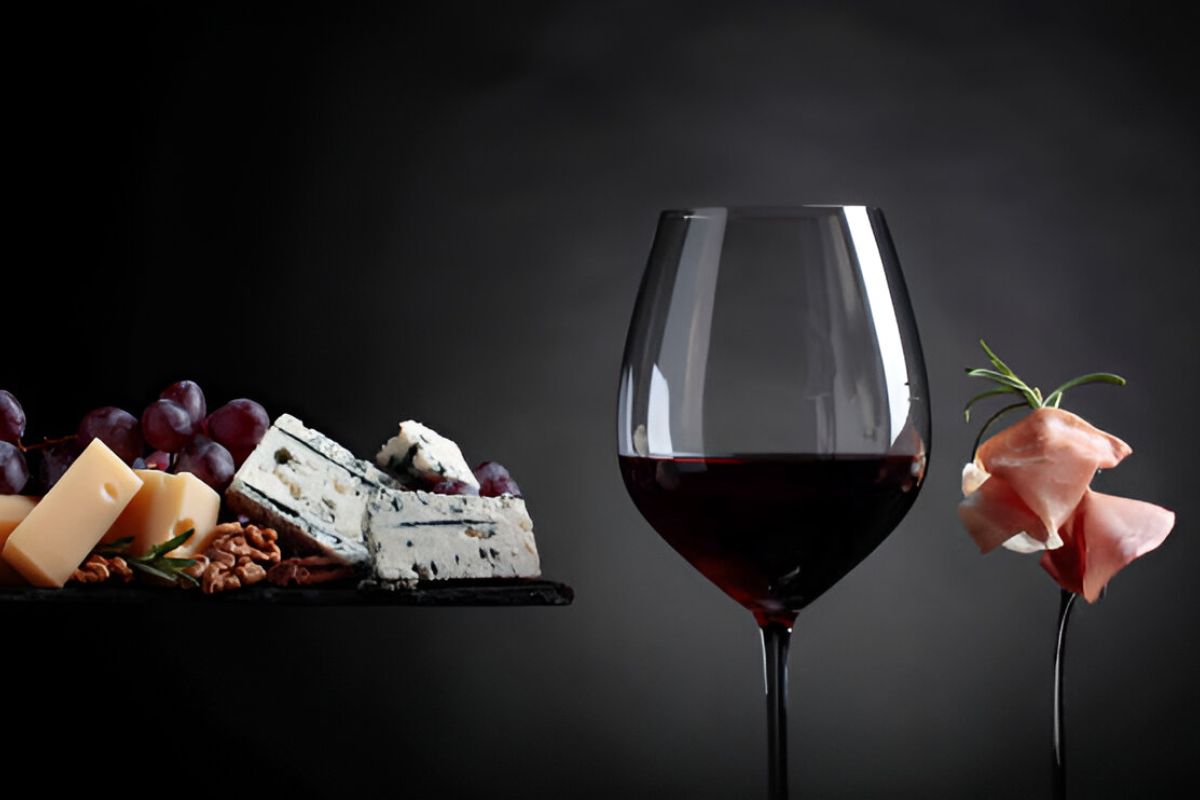Did you know that many meal kits offered by online meal delivery vendors can be fantastic with wine? If executed well, wine(especially red wine)can work perfectly great with a wide range of foods. These include seafood, fish, red meat, and vegetarian stews that have bolder flavors. However, it’s worth noting that pairing this alcoholic beverage with food in an excellent manner requires some knowledge. And the good news is that you can easily acquire it by doing some research e.g reading or watching instructional content. Gourmet meal delivery services allow you to plan your weekly meals without having to leave your home. It is the perfect way to protect yourself and your loved ones from unnecessarily making the trip to the grocery store to buy provisions. The best thing about these meal kits is that you don’t need any special skills to prepare the meals.
Having said that, this post helps you get started by offering some insightful tips on how to pair wine with food like a professional. Hopefully, you’ll internalize and apply the knowledge to enjoy your favorite delicacies with the wine of your choice. Without wasting any more time, let’s begin:
1. Know The Basic Tastes of Foods
There are five basic tastes that are universally recognized in the different types of foods that we can consume. These tastes are sweet, bitter, salty, umami(pleasant savory taste), and sour. Examples of sweet foods include; whole grains, sweet potato, sweet corn, some vegetables(e.g sweet onion, sweet pepper, and water chestnut), and some fruits(like mango and banana).
Speaking of water chestnut, this is a common ingredient for some top-rated meal kits offered by Sun Basket and Hello Fresh. These meal kits are namely;
- Sweet & sour tofu with water chestnuts plus snap peas, and white rice.
- Chinese black bean chicken with water chestnuts, mushrooms, and five-spice.
It would be great to take a moment to find out how the two meal kit providers compare and contrast. After that, you can order a meal kit from your preferred meal delivery service to cook and pair it with your favorite wine. Here’s where having some food and wine pairing knowledge will definitely go a long way.
Meanwhile, a little bitterness can add to the taste, making food a little more appealing. Speaking of which foods that have this kind of taste include cruciferous vegetables(e.g cabbage, Brussels sprouts, broccoli, and kale), citrus fruits(such as lemon and lime), ginger, coffee, amaranth, millet, pepper, and thyme.
When it comes to salty foods, the list includes processed meat, chicken, as well as pasta sauce, and pizza sauce. That’s not to mention canned soup and some bread types(e.g pita bread).
As far as umami go, examples include cheese, tomato, shellfish, mushroom, preserved fish, soy sauce, and yeast extract. Hydrolyzed vegetable protein and meat extract also make up the list.
Last but not least is sour foods. These include tamarind, citrus fruits, sour cream, yogurt, pickle, grapefruit, pineapple, and kefir. Other food items that also fall on this list are; vinegar, fermented milk products, tkemali, doogh, amchoor, and sorrel.
2. Know the Basic Tastes of the Different Types of Wines Available
As you may already know,there are five different types of wine namely;
- Red wine.
- White wine.
- Rose wine.
- Sparkling wine.
- Sweet or dessert wine.
One might think that these wines differ from each other simply by color, but there’s one more thing; taste component sizes! In case you didn’t know, all wines combine three different types of tastes into one refreshing taste. These tastes are; sweet, bitter, and acidic.
Having said that, red wine has bitterness as the largest taste component followed by acidity and then sweetness. Meanwhile, white wine, sparkling wine, and rose wine entail mostly acidity, followed by sweetness and bitterness. Finally, sweet or dessert wine has sweetness as the largest taste component, followed by acidity and bitterness. In other words, red wine has more bitterness, while white wine alongside rose wine and sparkling wine have more acidity. Meanwhile, dessert or sweet wine has more sweetness.
3. Pair According to the Dominant Tastes of the Food On Hand
Sweet wines should be paired with sweet food just as acidic wines should be accompanied with acidic, salty, or sour foods. Similarly, bitter wines should be consumed with bitter food.Bitter wine(i.e red wine) pairs best with bold-flavored foods (e.g. red meat). They are best balanced with fat. Acidic wines(such as white wine, sparkling wine, and rose wine) excellently accompany chicken or fish.
If you are torn between matching the wine with the sauce and the corresponding food, it’s better to match it with the sauce than with the food.A good rule of thumb is that the wine should be equal to or sweeter than the delicacy it is accompanying. That’s because, if less sweet than the food, the drink will taste bitter. When it comes to pairing your delicacy with a wine that has a high bitterness level, the beverage should be equal to or bitter than it. Otherwise, if the wine is tasting less bitter, the meal will taste too bitter to enjoy with it. The same can be said about pairing wine with food as far as the acidity levels in the two items go. The wine should be equal to or more acidic than the food. If less acidic than it, again the food will become too acidic to enjoy eating it with the drink. However, for high-acidity wines, a wine decanter can help soften their impact by allowing them to breathe and mellow out slightly.
Final Thoughts
There are different types of wines out there that can be paired with foods. These are; red wine, white wine, rose wine, sparkling wine, and sweet or dessert wine. It should be noted that each type of wine will pair best with a particular category of foods. For example, red wine will best accompany foods with a little bitter taste. So, before you decide to match a dish with wine, pay attention to the dominant taste of that delicacy and choose a type of wine that has that similar taste.


